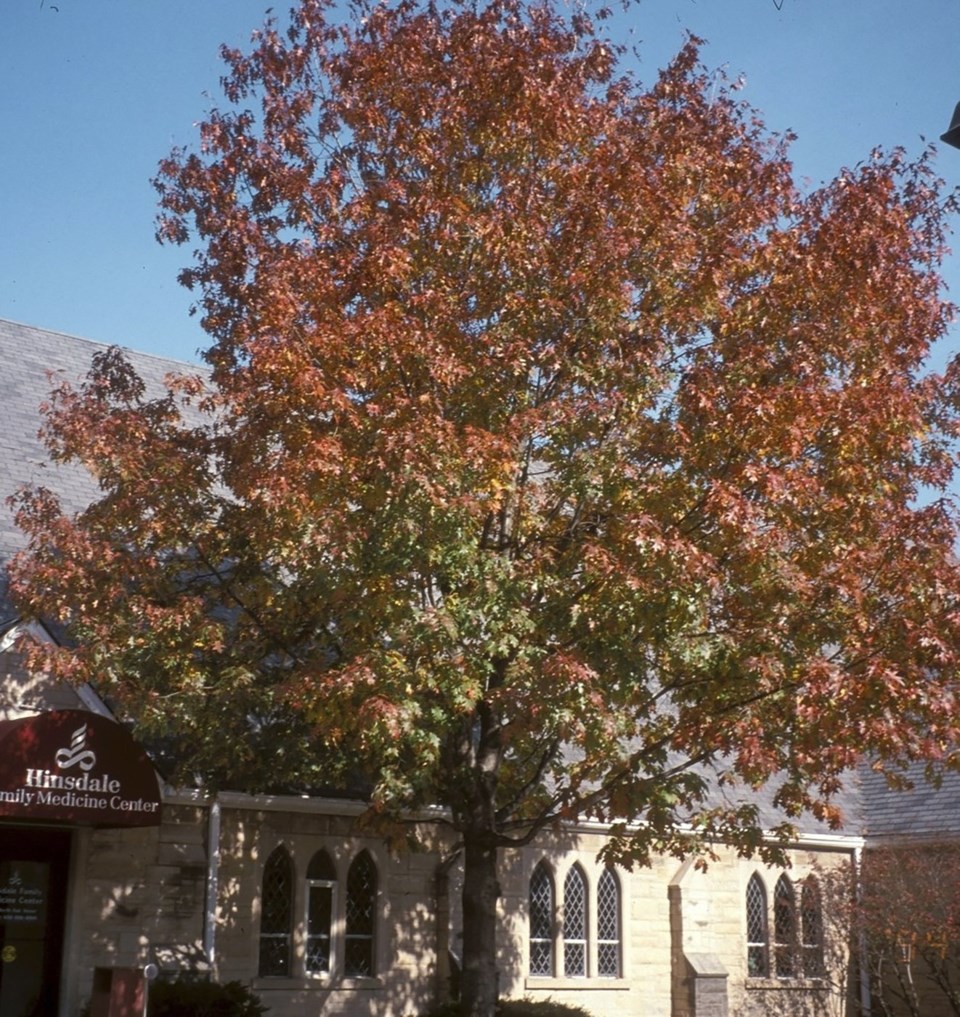University of Delaware entomologist Doug Tallamy's research has identified “keystone” plant species that make up the foundation of many U.S. ecosystems by producing food for native insects, thus supporting the ecological food web.
Even planting just one keystone plant in the yard or in a container will help restore biodiversity on your property.
Here are eight of the most important trees and plants that Tallamy, author of the new book, “How Can I Help?”, recommends (find a complete list for your ecoregion at https://homegrownnationalpark.org/keystone-plant-guides/.)
Top keystone trees
__ Oaks (Quercus spp.): Best in the 84% of the U.S. counties in which they occur.
__ Native willows (Salix): Best farther north.
__ Native Cottonwood (Populus): Best in drier regions.
__ Native cherries (Prunus): Very important nationwide.
__ Native plums (Prunus): Very important nationwide.
Top keystone perennial flowers
__ Goldenrod (Solidago)
__ Perennial sunflower (Helianthus)
__ Aster (Symphyotrichum)
Jessica Damiano, The Associated Press



